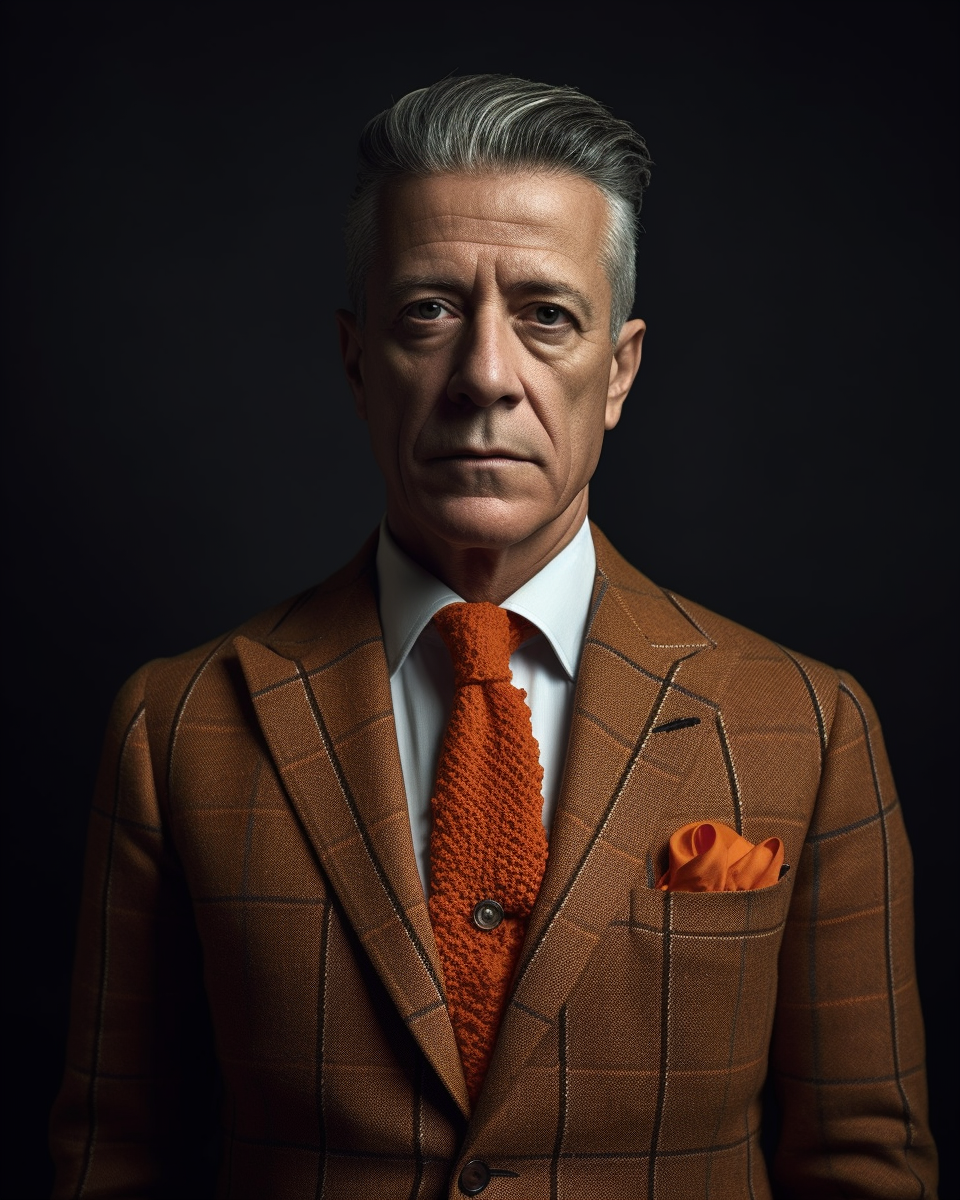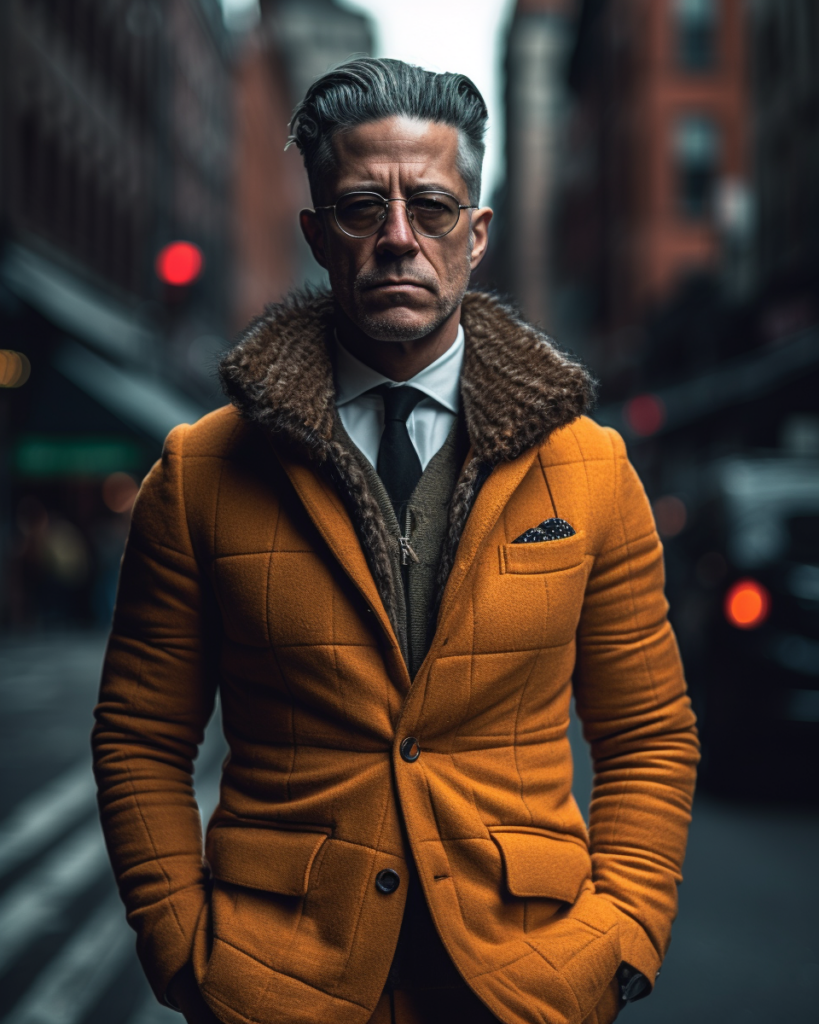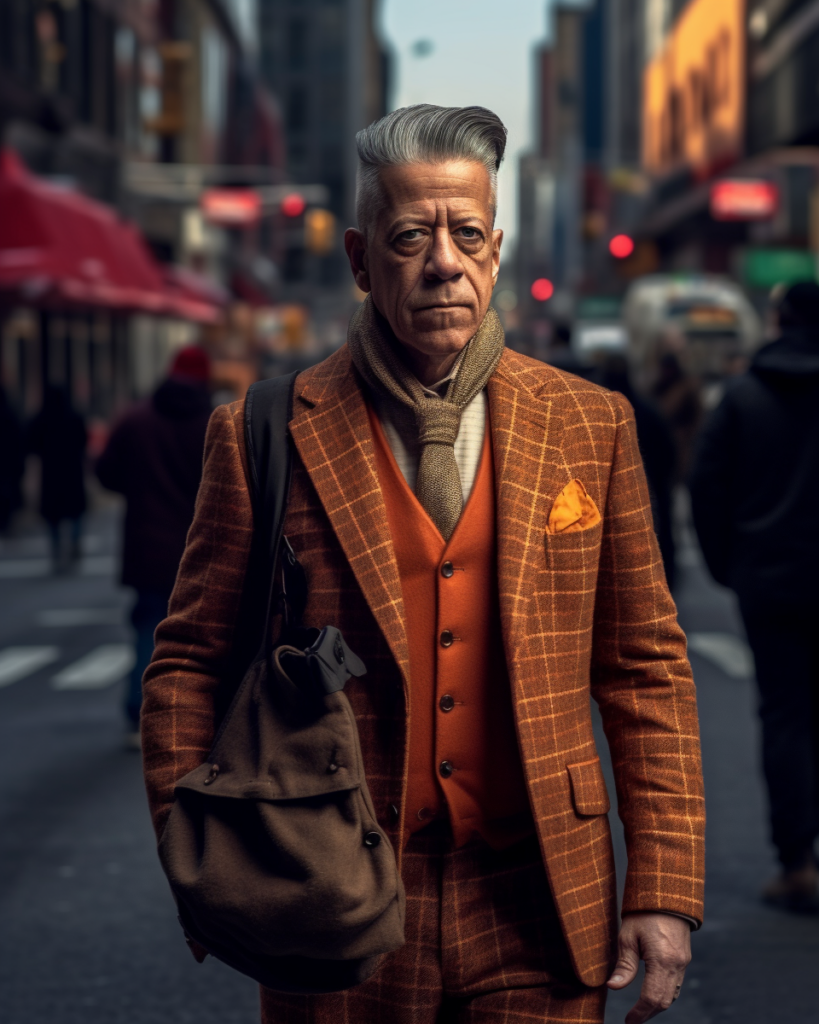Collectors Corner
Creating Your Artistic Legacy: The Power of Direct Connections in Fine Art Photography
Published
1 year agoon

In a world where the digital landscape continually evolves, the traditional path to success in the art world is being reshaped. As a fine art photographer, it’s time to reconsider the old ways and adapt to the new environment. Why settle for the traditional gallery route when you can personally cultivate relationships with your collectors and potentially enjoy greater returns on your work? First, let’s consider the old paradigm. Traditionally, artists sought gallery representation, hoping that their work would be displayed, appreciated, and eventually purchased by discerning collectors. The gallery acted as the middleman, marketing your work and connecting you with potential buyers. In return, they would take a substantial commission, often as much as 50% of the sale price. While this arrangement can bring exposure and prestige, it often leaves artists feeling disconnected from their collectors, and with less financial reward than they might have hoped.Now, let’s shift gears and look at an alternative path that is steadily gaining popularity – artist representatives. An artist representative is a professional who works directly on your behalf, helping you to navigate the art world, promote your work, and importantly, make sales. They negotiate sales, manage contracts, and connect you with the right collectors. Unlike galleries, artist representatives generally charge a lower commission, typically around 20%, meaning more of the sale price ends up in your pocket. Furthermore, artist representatives actively encourage and facilitate direct relationships between artists and collectors. This is more than just a financial relationship; it’s a chance for meaningful interaction, mutual understanding, and long-term connection. The collector gains a deeper understanding and appreciation of your work, and you gain insight into how your work resonates and impacts its audience.
But how can you find a good representative? Here at ‘Focus’, we understand the value of building strong relationships and want to help guide you through this process. We regularly feature interviews with successful artist representatives, offer advice on how to choose the right one, and even provide listings of reputable representatives who specialize in fine art photography. Take control of your artistic journey today. By leveraging the power of artist representatives, you can bypass the gallery system, forge meaningful connections with your collectors, and keep more of the profits from your hard work. Remember, your art is not just a product; it’s a legacy. Create that legacy on your terms. Join us at ‘Focus’ as we explore this exciting frontier in the world of fine art photography.

Focus: John, thank you for joining us today. As a leading artist representative, you’ve helped numerous photographers achieve significant financial success in their careers. Can you tell us a bit about your approach?
Alexander Grayson: Absolutely. My approach is built around relationships and strategic planning. I have established strong connections with numerous galleries, collectors, and members of the art world, which allows me to position my clients’ work effectively. More importantly, I facilitate a direct relationship between the artist and the collectors. This fosters a deeper appreciation for the artist’s work and often results in higher sales and continued patronage.
Focus: Can you explain how your relationships help your clients earn six-figure incomes?
AG: It’s a combination of factors. First, I work closely with my clients to understand their unique style and vision. This helps me match their work with the right galleries and collectors. Second, because of my long-standing relationships in the industry, I can often negotiate favorable terms for my artists, ensuring they receive a higher percentage of the sales price. Lastly, by promoting a direct relationship between artists and collectors, we often see increased sales over time as collectors become invested in the artist’s career.
Focus: What’s the role of strategic planning in this process?
AG: Strategic planning is crucial. We need to position the artist’s work in a way that makes sense in the current market while staying true to their artistic vision. This includes deciding which pieces to sell, where and when to exhibit, and how to price the work. All these decisions are made in close collaboration with the artist, ensuring they are comfortable with the strategy.
Focus: There’s a perception that artists must sacrifice their creative integrity to achieve financial success. What’s your take on this?
AG: That’s a myth I work hard to dispel. Financial success and artistic integrity are not mutually exclusive. The key is to understand the market and align it with the artist’s vision. It’s about showcasing the artist’s unique perspective and ensuring that it is appreciated and valued in the art world.
Focus: Can you share an instance where you had to navigate a particularly challenging negotiation for an artist?
AG: Certainly, I once represented a budding artist whose work was drastically undervalued by a prominent gallery. I had to negotiate not only the price but also remind them of the unique perspective and talent my artist brought to the table. It was challenging, but we stood firm and eventually reached an agreement that duly recognized the artist’s worth.
Focus: How do you see the role of technology, especially social media, influencing the way art is marketed and sold today?
AG: Technology has drastically transformed the art market. Social media, in particular, has given artists a global platform to showcase their work. It has allowed for broader reach, democratized access to art, and opened up new avenues for artists to connect directly with their audience.
Focus: Can you shed some light on how you facilitate the direct relationships between artists and collectors?
AG: I encourage my artists to be involved in their sales process. This could mean personally attending gallery openings, participating in collector’s meetings, or engaging with buyers on social media. The aim is to build a genuine, personal connection, which greatly enhances the art buying experience.
Focus: What’s the most common mistake you see photographers making when trying to sell their work?
AG: The most common mistake I see is artists undervaluing their work. Many artists, especially those starting, tend to price their work low to attract buyers. But this can actually devalue their art in the long run. It’s crucial to price work appropriately to reflect its worth.
Focus: Can you share a success story of an artist whose career you’ve significantly impacted?
AG: There’s an artist I started working with early in their career who was creating compelling pieces but struggling to sell. We repositioned their work, refined their narrative, and targeted the right audience. Today, they’re a well-respected name in the fine art photography world.
Focus: How do you approach the pricing aspect, especially for emerging artists who may not yet have a well-established market?
AG: Pricing is an art in itself. For emerging artists, we need to balance affordability to attract buyers while also ensuring the price reflects the value of the work. We take into account factors like the artist’s unique style, the time and materials invested, and comparable market prices.
Focus: With the global art market constantly evolving, how do you keep yourself updated and ahead of industry trends?
AG: Staying updated requires constant research. I attend art fairs, exhibitions, auctions, and keep a close eye on digital platforms. I also maintain a vast network of industry contacts which keeps me informed about the latest happenings.

Focus: What advice would you give to an artist just starting out in their career, trying to make a name for themselves in the fine art photography world?
AG: Stay true to your vision, be consistent, and don’t be afraid to take calculated risks. And remember, while financial success is important, your artistic integrity should always be your guiding principle.
Focus: For an artist interested in working with a representative, what qualities or factors should they consider?
AG: Look for someone who truly understands and appreciates your art, who has strong industry connections, and who is committed to putting your interests first. A good representative will not only help you sell your work but also guide you in your artistic journey.
Focus: Finally, what do you find most rewarding about your role as an artist’s representative in the fine art photography space?
AG: Seeing an artist I represent achieve their goals, both creatively and financially, is incredibly rewarding. Helping artists navigate the business side
Focus: That’s a refreshing perspective, John. Thank you for sharing your insights with us today.
AG: My pleasure. If there’s one thing I want artists to take away from this, it’s that you don’t have to navigate the art world alone. A good artist’s representative can guide you, allowing you to focus on what you do best: creating extraordinary art.








